Buy the photo Brandenburg Gate | Berlin | Germany | travel photography by Laura Dijkslag on canvas, ArtFrame, poster and wallpaper, printed on demand in high quality.
About "Brandenburg Gate | Berlin | Germany | travel photography"
by Laura Dijkslag
About the artwork
On a city break in Berlin, as a photographer, you obviously have to photograph the Brandenburg Gate (or Brandenburg Gate). It is one of the few buildings that survived both WWI, WWII and the Cold War, if only this building could talk.... Today, it has been restored to its full glory and is a great model for travel and architectural photographers.
I had very little space to take the photo here, but thanks to my wide-angle lens, I still managed to do it. A wide-angle lens gives photo's a sense of breadth, depth and dynamism. It creates a sense of openness and freedom, emphasises the distance between foreground and background, and can make subjects more prominent closer to the lens.
The Brandenburg Gate is an iconic monument in Berlin, built between 1788 and 1791 during the reign of Frederick William II. The design was inspired by the Propylaea of the Acropolis in Athens and is an example of neoclassical architecture. Atop the gate is the Quadriga, a sculpture of a chariot with four horses driven by the goddess Victoria, symbolising triumph and peace.
The gate witnessed several historical events, including the defeat of Napoleon, the rise and fall of the Nazi regime and the division of Germany during the Cold War. During the Cold War, the gate was located near the Berlin Wall and became a symbol of the division between East and West Berlin. After the fall of the Berlin Wall in 1989, the gate became a symbol of unity and freedom.
Today, the Brandenburg Gate is one of Berlin's most popular tourist attractions and stands on Pariser Platz, a lively place with historic buildings, embassies and luxury hotels. The gate is both an architectural masterpiece and a monument with rich historical significance and symbolism.

About Laura Dijkslag
Hi!.. Read more…
 Germany
Germany Ordered in September 2022
Ordered in September 2022
 Netherlands
Netherlands Ordered in May 2021
Ordered in May 2021
 Netherlands
Netherlands Ordered in May 2021
Ordered in May 2021
 Netherlands
Netherlands Ordered in August 2024
Ordered in August 2024
 Germany
Germany Ordered in December 2019
Ordered in December 2019
 Germany
Germany Ordered in April 2020
Ordered in April 2020
 Germany
Germany Ordered in October 2019
Ordered in October 2019
 Netherlands
Netherlands Ordered in November 2023
Ordered in November 2023
 Netherlands
Netherlands Ordered in December 2023
Ordered in December 2023
 Germany
Germany Ordered in October 2021
Ordered in October 2021
 Netherlands
Netherlands Ordered in December 2021
Ordered in December 2021
 Netherlands
Netherlands Ordered in October 2023
Ordered in October 2023
About the material
ArtFrame™
Interchangeable Art Prints
- High-quality print
- Easily interchangeable
- Acoustic function
- Large sizes available
Discover the artworks of Laura Dijkslag
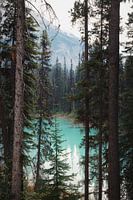 The blue waters of Emerald Lake | travelphotography | CanadaLaura Dijkslag
The blue waters of Emerald Lake | travelphotography | CanadaLaura Dijkslag White Spanish stallions with traditional harness | White horses | horse photographyLaura Dijkslag
White Spanish stallions with traditional harness | White horses | horse photographyLaura Dijkslag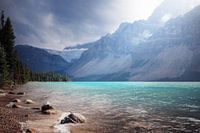 View over Emerald Lake | Canada | landscape | travel photographyLaura Dijkslag
View over Emerald Lake | Canada | landscape | travel photographyLaura Dijkslag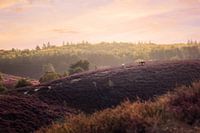 Wild horses on the Posbank | Veluwe | landscape photographyLaura Dijkslag
Wild horses on the Posbank | Veluwe | landscape photographyLaura Dijkslag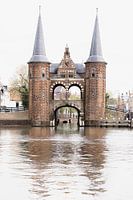 The Waterpoort of Sneek | Friesland | Holland | photo wallpaperLaura Dijkslag
The Waterpoort of Sneek | Friesland | Holland | photo wallpaperLaura Dijkslag Magic white stallion | horses | sunsetLaura Dijkslag
Magic white stallion | horses | sunsetLaura Dijkslag Friesian stallion in gallop | horse photographyLaura Dijkslag
Friesian stallion in gallop | horse photographyLaura Dijkslag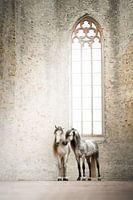 White horses in old church | photographyLaura Dijkslag
White horses in old church | photographyLaura Dijkslag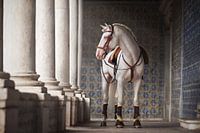 Portuguese heritage | Lusitano stallion | horse photographyLaura Dijkslag
Portuguese heritage | Lusitano stallion | horse photographyLaura Dijkslag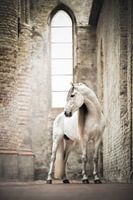 White horse in old church | horse photography | stallionLaura Dijkslag
White horse in old church | horse photography | stallionLaura Dijkslag Galloping fries horse | finearts | horse photographyLaura Dijkslag
Galloping fries horse | finearts | horse photographyLaura Dijkslag Wilder Kaiser Austria | landscape | mountains | Photo wallpaperLaura Dijkslag
Wilder Kaiser Austria | landscape | mountains | Photo wallpaperLaura Dijkslag Wilder Kaiser mountains Austria | landscape | black-and-white | Photo wallpaperLaura Dijkslag
Wilder Kaiser mountains Austria | landscape | black-and-white | Photo wallpaperLaura Dijkslag Steenbok on the lookout in the mountains | wildlife photographyLaura Dijkslag
Steenbok on the lookout in the mountains | wildlife photographyLaura Dijkslag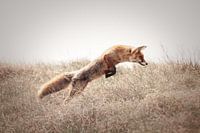 Red fox hunting | nature photography | wildlifeLaura Dijkslag
Red fox hunting | nature photography | wildlifeLaura Dijkslag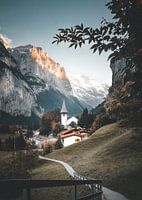 Lauterbrunnen | Switzerland | calm colours | viewsLaura Dijkslag
Lauterbrunnen | Switzerland | calm colours | viewsLaura Dijkslag Ibex in the Swiss Alps | wildlife | travel photographyLaura Dijkslag
Ibex in the Swiss Alps | wildlife | travel photographyLaura Dijkslag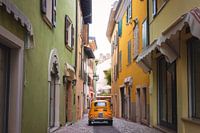 Fiat 500 in colourful town | Italy | travel photographyLaura Dijkslag
Fiat 500 in colourful town | Italy | travel photographyLaura Dijkslag Young ibex in the mountains | wildlife photography | SwitzerlandLaura Dijkslag
Young ibex in the mountains | wildlife photography | SwitzerlandLaura Dijkslag Alpine ibex in the mountainsLaura Dijkslag
Alpine ibex in the mountainsLaura Dijkslag
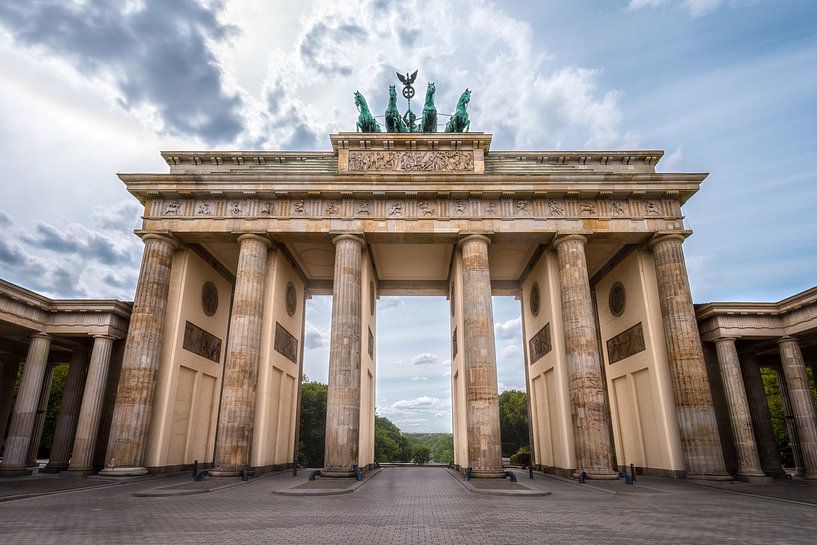

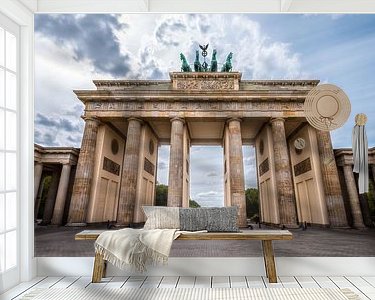



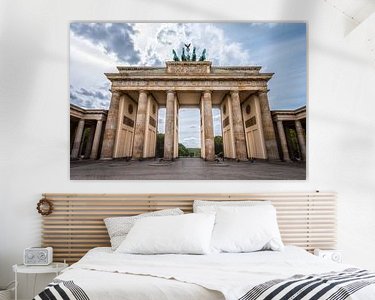


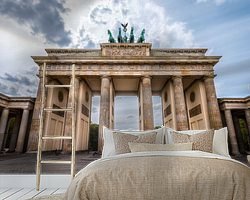



 Architecture
Architecture Berlin
Berlin Brandenburger Tor
Brandenburger Tor Countries & Travel
Countries & Travel Gate
Gate Germany
Germany Heritage
Heritage Photo wallpaper
Photo wallpaper Photography
Photography Powerful Expression
Powerful Expression Serene Peace
Serene Peace Towns
Towns









